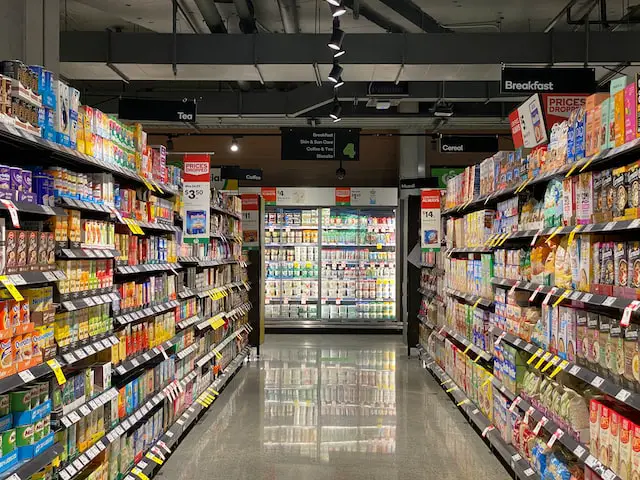Grocery stores typically have a wider selection of food items, including fresh produce, meat, and dairy. They may also have a bakery and deli counter. Convenience stores typically have a smaller selection of food items, and these items are often pre-packaged or ready-to-eat. Grocery stores are usually larger than convenience stores.
Grocery stores
Grocery stores are usually larger than convenience stores and offer a wider variety of items, including fresh produce, meat, and dairy products. They also typically have aisles dedicated to specific types of foods, such as cereal or pasta.
Convenience stores
Convenience stores are typically smaller in size than grocery stores. They also tend to have a limited selection of items, focusing primarily on food that is easy to grab and go, such as packaged food items, snacks and drinks. Additionally, convenience stores typically have higher prices than grocery stores.
Advantages of a convenience store
One of the biggest advantages of convenience stores is their convenient locations. They are often found in high-traffic areas such as near busy intersections or on the way to popular destinations. This makes them ideal for people who need to grab something quickly and don’t have time to go out of their way to a grocery store.
Another advantage of convenience stores is that they are open longer hours than most grocery stores. This can be helpful for people who work long hours or have irregular schedules. Convenience stores are also typically open 24 hours, which can be extremely convenient for late-night cravings or emergencies.
Why is it called a convenience store?
The name “convenience store” is derived from the fact that these stores are designed to be convenient for customers. They are typically located in busy areas, such as near highways or in urban neighbourhoods, and they offer extended hours to accommodate customers who may not be able to make it to a traditional grocery store during regular business hours.
Which one is better for a retail customer
Grocery stores usually have lower prices than convenience stores because they buy items in bulk and can pass the savings on to customers. Convenience stores charge more because they have higher overhead costs and often sell single items instead of multiple items like grocery stores do.
So, which is better for a retail customer? If you’re looking for the best prices and the most selection, then a grocery store is probably your best bet. But if you’re looking for convenience (like if you need to buy something quickly), then a convenience store is probably your best option.
Examples of convenience stores
Here are some examples of convenience stores:
7-Eleven
Wawa
QuikTrip
Sheetz
Sunoco
Photo by Franki Chamaki on Unsplash









